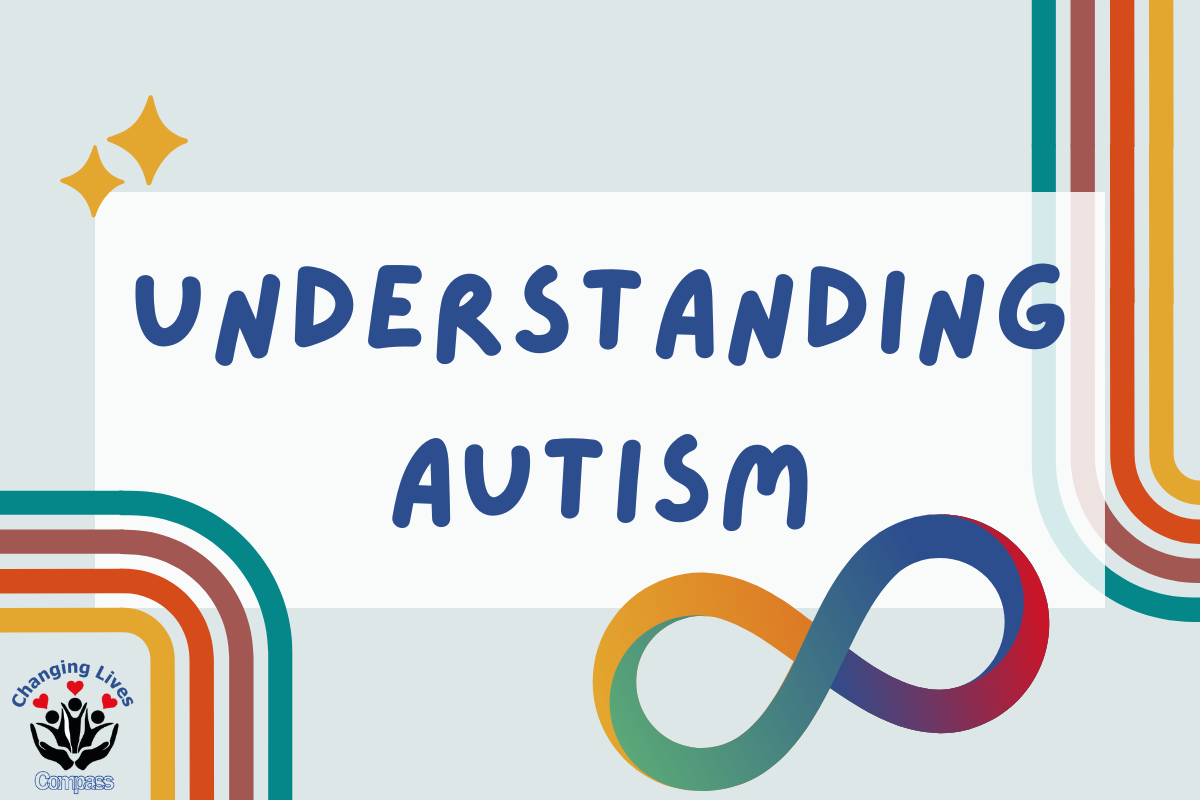
What is Autism?
Autism is a neurodevelopmental difference which impacts the way someone communicates, experiences the world, and interacts with others. Autism is a spectrum as autistic people have a range of traits, characteristics, strengths, and support needs.
Fact File
- Autism is not an illness, disease, or mental health condition
- Autism occurs in all racial, ethnic, and economic groups
- Every autistic person is unique, with their own set of traits, strengths, and support needs
- Autistic people are born autistic, it is not caused by vaccines, parenting style, or the environment
How to Help
- Be patient and listen
- Use clear and direct communication
- Avoid making assumptions – ask about preferences
- Utilise reasonable adjustments

Verbal Communication
Strengths
- Autistic people communicate in straightforward ways
- Autistic observations and interpretations can offer fresh insights into topics
- Many excel at retaining and sharing detailed, accurate information.
- Autistic people tend to give explicit verbal feedback rather than ambiguous non-verbal cues
How to Help
- Start with a person’s name
- Use clear and explicit language
- Be understanding around challenges turn-taking, staying on topic, or understanding cues
- Give additional time to process without interruption
- Be mindful of the environment
Be Neuro Affirming
- Avoid correcting or criticising communication attempts
- Invite clarifying questions
- Focus on the value of communication style

Sensory Sensitivities
What is it?
Autism sensory difficulties refer to the challenges many autistic individuals experience in processing sensory information from their environment. These difficulties can significantly impact day-to-day life and may involve heightened sensitivity (hyperreactivity), reduced sensitivity (hyporeactivity), or an atypical response to sensory input.
The Senses
- Touch
- Sight
- Hearing
- Smell
- Taste
- Proprioception – perceiving the location of our body parts
- Vestibular – sense of balance and positioning of head
- Interoception – sensing and responding to internal cues
- Noiciception – pain
- Neuroception –
- Sensing Danger
- Emotional
- Awareness
Hypersensitivity
Hypersensitivity is when a person is “over sensitive” to sensory input. This leads to sensory avoidant behaviour.
Hyposensitivity
Hyposensitivity is when a person is “under sensitive” to sensory input. This leads to sensory seeking behaviour.
You can be hyper and hyposensitive to the same sense at the same time.
These Fact Files were created for Autism Acceptance Month. Find out more about the month, and how the Fact Files were put together here.
Back to Online Resources
